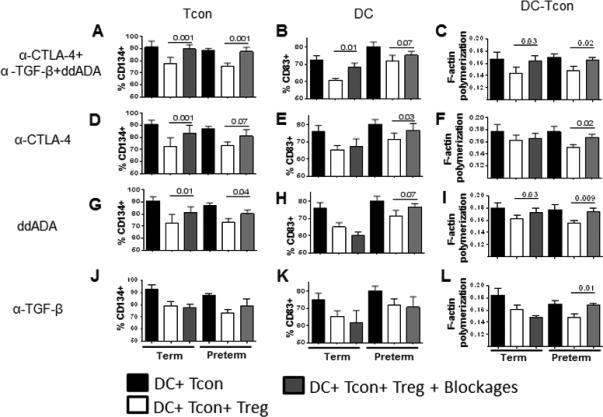Figure 4. Tregs mainly use cAMP and CTLA-4 to suppress interactions of DC:Tcon and activation of Tcons and DCs.

Activated Tregs from from preterm (n=5) and term (n=7) neonates were added or not to DC:Tcon cultures at a 1:10:1 (DC:Tcon:Treg) ratio and cultured for 24h. Cultures were incubated in presence or absence of blockades (anti-CTLA-4, anti-TGF-β and ddADA). Percentage of suppression of CD134+ Tcon (left panels), CD83+ DC (middle panels) and actin polymerization (right panels) was determined by imaging flow cytometry and calculated as percentage related to untreated Tregs. (A-C) shows the combined blockades. (D-L) show individual blockades. (A-L) Results are representative of five independent experiments performed. Bars graphs show the median and interquartile range from term and preterm cocultures. Treg suppression was analyzed using Wilcoxon tests.
